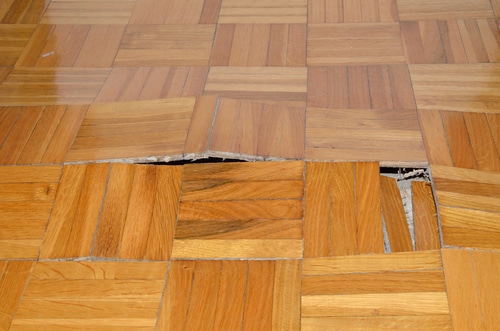6 Ways to Find Surprise Water Leakages in Your Home
6 Ways to Find Surprise Water Leakages in Your Home
Blog Article
We've noticed this great article pertaining to Hacks to detect leaks listed below on the internet and believe it made good sense to talk about it with you here.

Early discovery of leaking water lines can alleviate a potential catastrophe. Some small water leakages may not be visible.
1. Take A Look At the Water Meter
Inspecting it is a surefire way that aids you discover leakages. If it moves, that indicates a fast-moving leakage. This means you might have a sluggish leakage that could also be below ground.
2. Inspect Water Consumption
If you spot sudden adjustments, regardless of your consumption being the very same, it indicates that you have leaks in your plumbing system. An unexpected spike in your costs suggests a fast-moving leakage.
At the same time, a stable increase every month, despite the very same habits, shows you have a slow-moving leak that's additionally gradually intensifying. Call a plumber to extensively check your home, especially if you really feel a warm area on your floor with piping below.
3. Do a Food Coloring Examination
30% comes from toilets when it comes to water consumption. Test to see if they are running correctly. Decrease specks of food color in the tank and wait 10 minutes. There's a leakage in between the container and dish if the shade in some way infiltrates your bowl throughout that time without flushing.
4. Asses Outside Lines
Don't forget to check your outdoor water lines too. Should water permeate out of the link, you have a loosened rubber gasket. One little leakage can lose heaps of water as well as surge your water expense.
5. Examine the scenario and also evaluate
Property owners must make it a routine to check under the sink counters and also also inside cupboards for any kind of bad odor or mold and mildew development. These 2 warnings show a leak so prompt focus is called for. Doing routine inspections, also bi-annually, can save you from a major problem.
Extra significantly, if you recognize your home is currently old, keep a watchful eye on your heaters, hose pipes, pipelines and so on. Look for stainings and also weakening as many home appliances and also pipelines have a life span. They will certainly additionally normally degrade because of tear as well as use. Don't wait for it to intensify if you believe dripping water lines in your plumbing system. Call an expert plumber immediately so you don't end up with a terrible mess in your home.
Early discovery of leaking water lines can reduce a possible disaster. Some small water leakages might not be visible. Inspecting it is a proven means that helps you find leaks. One little leakage can throw away tons of water and surge your water expense.
If you presume dripping water lines in your plumbing system, do not wait for it to intensify.
WARNING SIGNS OF WATER LEAKAGE BEHIND THE WALL
PERSISTENT MUSTY ODORS
As water slowly drips from a leaky pipe inside the wall, flooring and sheetrock stay damp and develop an odor similar to wet cardboard. It generates a musty smell that can help you find hidden leaks.
MOLD IN UNUSUAL AREAS
Mold usually grows in wet areas like kitchens, baths and laundry rooms. If you spot the stuff on walls or baseboards in other rooms of the house, it’s a good indicator of undetected water leaks.
STAINS THAT GROW
When mold thrives around a leaky pipe, it sometimes takes hold on the inside surface of the affected wall. A growing stain on otherwise clean sheetrock is often your sign of a hidden plumbing problem.
PEELING OR BUBBLING WALLPAPER / PAINT
This clue is easy to miss in rooms that don’t get much use. When you see wallpaper separating along seams or paint bubbling or flaking off the wall, blame sheetrock that stays wet because of an undetected leak.
BUCKLED CEILINGS AND STAINED FLOORS
If ceilings or floors in bathrooms, kitchens or laundry areas develop structural problems, don’t rule out constant damp inside the walls. Wet sheetrock can affect adjacent framing, flooring and ceilings.
https://www.servicemasterbyzaba.com/blog/how-to-detect-water-leakage-in-walls/

I was made aware of that report about Finding hidden leaks from someone on another web blog. Sharing is caring. One never knows, you might be helping someone out. Thank-you for your time invested reading it.
Report this page